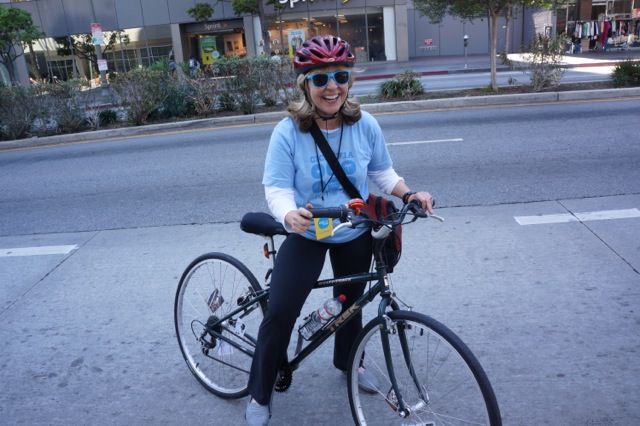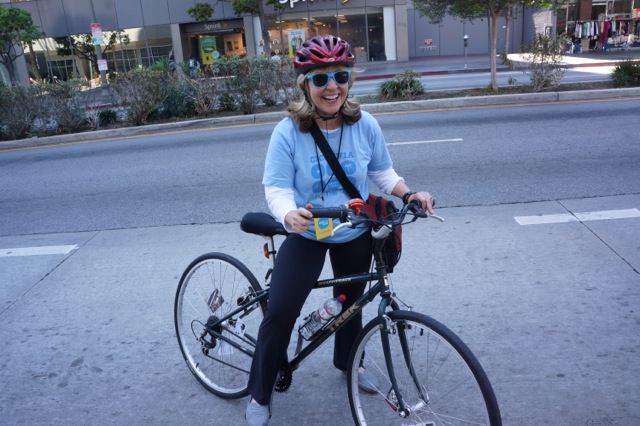
Knight Cities podcast: Sandra Kulli on creating community
[[soundcloud 188197263]]
How do you create a sense of community in a brand new development? It’s a question Sandra Kulli, a real estate marketing strategist, has been wrestling with for years. She is president of Kulli Marketing, and we had a chance to catch up recently in Todos Santos, Mexico, the site of one of her newest projects, Tres Santos. It’s a project that could have been a typical resort on the Pacific, but the developer chose instead to forego gates and golf courses to reach for an authentic connection to the people in this small Mexican town. Sign up for Podcast Alerts Subscribe
This week on “Knight Cities,” Sandra and I talk about what people want out of community today and how to deliver it.
Listen to my conversation with Sandra here. And sign up for the “Knight Cities” newsletter to get alerts as soon as new conversations are posted.
Last week I spoke with Shaun Abrahamson, co-founder of Urban.us, a new public benefit corporation based in Miami. Here are five things you should know from my conversation with Shaun:
1. Climate change, mobility and social issues (such as electronics waste and education) are three of the juiciest opportunities for businesses to solve urban challenges.
2. The best sign that a company can scale quickly is that it is selling something to the masses through retail. The way cities get smarter may actually be through the Apple store.
3. “Smart cities” terminology comes with an assumption about who makes cities smarter, and that’s usually big global tech companies selling to cities. But the best companies are usually selling directly to the end users — people, families and businesses — not necessarily the people who run cities.
4. Urban tech is technology that makes cities better. Urban tech can be thought of in categories that mirror Maslow’s “Hierarchy of Needs” but for cities. At the bottom of the pyramid are waste, water and air quality. These are the things we take for granted until they stop working. At the next level are “enablers” that provide assurance — the energy systems and financial systems that make the things we take for granted resilient. And at the highest level are the things that make city life viable and more enjoyable — anything that makes other parts of the hierarchy work better (faster, cheaper, more resilient), such as better transport, safety, and security.
5. As mobility increases through bike sharing or car sharing, the calculus of convenience changes because the options for getting around change. As a result, the way real estate is valued will change.
Look for new “Knight Cities” content posted every Wednesday here. You can follow us on Twitter at #knightcities or @knightfdn. And if you have ideas for people you’d like to hear more from, please email me.
Carol Coletta is vice president of community and national initiatives at Knight Foundation. Follow her on Twitter@ccoletta.

Photos courtesy Sandra Kulli.
Recent Content
-
Community Impactarticle ·
-
Community Impactarticle ·
-
Community Impactarticle ·


